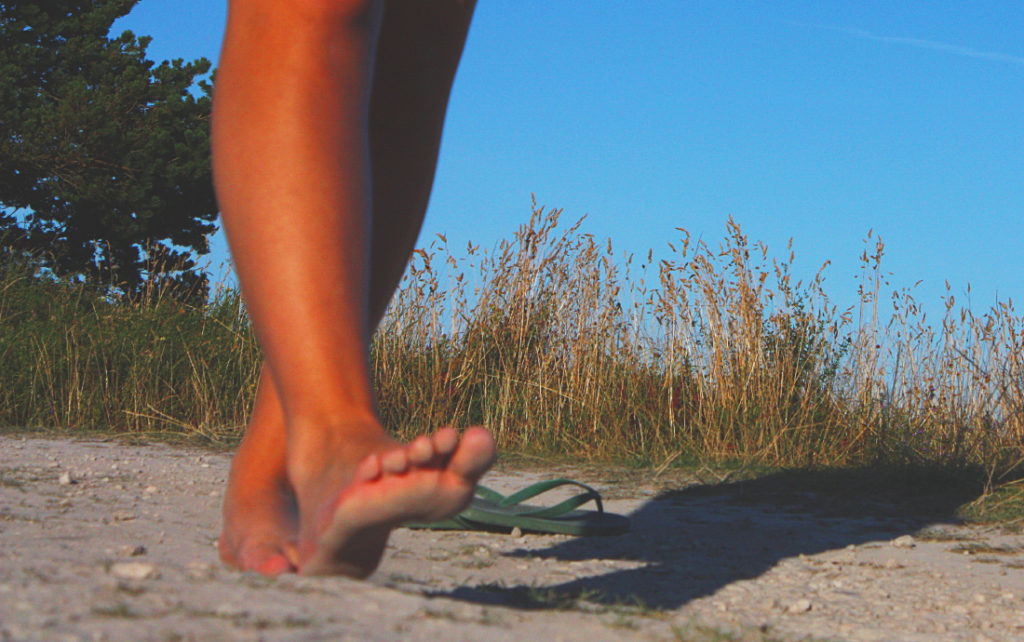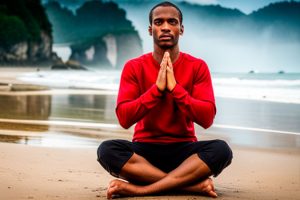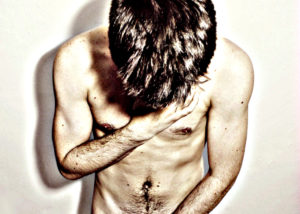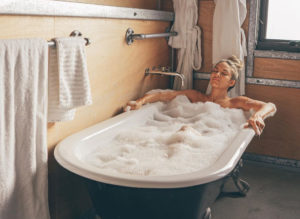Born to Walk Barefoot
Shoes protect our feet, but they also alter our strides and could increase the wear on our leg joints.

Walk Barefoot
Wearing shoes when we walk changes how our feet interact with the ground below us, according to a novel new study in the journal Nature of shod and unshod walkers, the state of their feet and the extent of the forces they generate with every step.
The study, which echoes some of the research that first popularized barefoot running, finds that walkers move differently when they are barefoot or shod and have differing sensitivity to the ground, potentially affecting balance and joint loading. The results intimate that there could be advantages to perambulating with naked feet, not the least of which, surprisingly, involves developing calluses.
We humans are born to walk. Distance running during hunts may have been important for the survival of early homo sapiens, most evolutionary biologists agree. But our forebears almost certainly spent far more time walking than jogging, just as modern hunter-gatherers do.
Shoes, though, are new to us. Archaeological finds indicate that humans first started wearing rudimentary sandals about 40,000 years ago, an eyeblink in our history as a species. Before then, nature seems to have deemed that our best protection for bare feet would be tough skin. So, people who walk without shoes develop hard, leathery calluses on the heels and balls of their feet that can reduce sensations of pain when they stride over small obstacles like gravel.
Today, many of us might consider such calluses unsightly and disagreeable. But Daniel Lieberman, an evolutionary biologist at Harvard University who, with various colleagues, conducted much of the early research into barefoot running, began to wonder recently whether those calluses might have a hidden utility and beauty. Might they, he wondered, protect and guide feet during walking in ways that shoes cannot? And, if so, what does that tell us about walking and footwear?
To learn more, he and a team of collaborators traveled to Kenya for the new study with a portable ultrasound machine and a device that sends slight prickles of electrical current through the skin to test nerve reactions.
In Kenya, they recruited 81 local men and women, about half of whom had grown up in cities wearing shoes, while the rest had spent most of their lives walking barefoot. They asked everyone to remove their shoes, if they wore them, and examined the revealed skin.
As they had expected, they found that people who had grown up walking barefoot had large, tough calluses on their feet. Ultrasound readings showed that these skin patches were about 25 percent to 30 percent thicker than any calluses on the feet of the group who usually wore shoes.
More unexpected, the calluses were sensitive, in specialized ways. Dr. Lieberman and his colleagues had thought that the hardened skin might block nerves deep within the skin from sensing the ground, which could affect balance and movement. But when they measured those nerves’ reactions in people with and without calluses, they found few differences, suggesting that while calluses lessen people’s sensation of walking over pebbles, they do not prevent us from feeling the earth.
Finally, to test whether being barefoot and having calluses do affect how people move, Dr. Lieberman and his collaborators asked some of the Kenyans to walk unshod over a plate that measures forces generated while striding. The plate registered almost no variations in their strides, whether they had thick calluses or none.
But back in Boston for the final element of the study, the researchers found that shoes can shake up a walk. When male and female volunteers strolled on treadmills at Dr. Lieberman’s lab while barefoot, they struck the ground in about the same way as the unshod walkers in Kenya had.
But when those same volunteers donned average, cushioned sneakers, their walking subtly altered. They began striking the ground a little more lightly at first, presumably because the footwear’s cushioning absorbed some of the force, but the impacts from each stride lingered longer than when they were barefoot.
Such persistent impacts tend to move up and dissipate through our leg bones, ankles and knee joints, whereas the shorter, sharper jolts created when we walk barefoot are more likely to rise through our soft muscles and tendons, Dr. Lieberman says.
What these findings suggest, in aggregate, is that what we wear on our feet shapes the way that we walk, and that nature would make a fine footwear engineer, Dr. Lieberman says. Shoes protect our feet and sop up some of the slight pounding during a walk, he says, but they also alter our strides and could, over time, increase the pressure and wear on our leg joints. Meanwhile, calluses shield us from some of the discomforts and pointy objects we encounter while barefoot, but do not reduce our contact with and feel for the ground.
So, the message of the study would seem to be that people who have concerns about their balance or their knees but not their pedicures might consider sometimes walking barefoot, he says.
“Walking barefoot can be fun,” he says, although it is not for everyone or every situation. When winter ends and warmth returns to Harvard, he often sheds his shoes and encourages new calluses, he says. “But I wear shoes most of the time.”












